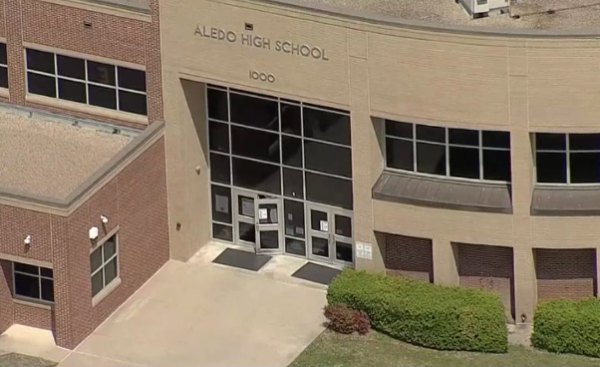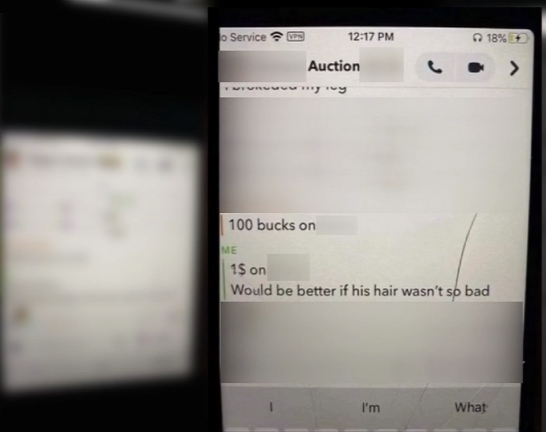Texas parents are outraged after discovering white students were “auctioning” and “trading” their Black classmates as slaves in a virtual game.
The game that was played among Daniel Ninth Grade Campus students in a Snapchat group priced Black students between $1-$100. Some of the dialogue included critiquing the hair of a male student who was valued at $1.
Reports from local Aledo news sites say a student notified school officials of the game.

A few weeks after being notified, district officials sent a letter to Aledo ISD parents.
“There is no room for racism or hatred in the Aledo ISD, period. Using inappropriate, offensive and racially charged language and conduct is completely unacceptable and is prohibited by district policy,” said district officials in the April 12 letter.
The district went on to explain that an investigation was conducted, which determined racial harassment and cyberbullying were both factors in the incident.
The letter continued, “This incident has caused tremendous pain for the victims, their families, and other students of color and their families, and for that we are deeply saddened.”
Parents like Mark Grubbs say the district’s refusal to call the game a clear act of racism is equally disappointing as the game being played to begin with.
“Calling it cyberbullying rather than calling it racism … that is the piece that really gets under my skin,” said Grubbs, a parent of three former ISD students.
Students involved in the game were disciplined, though the district did not define what steps were taken to punish them, nor how many were involved.

People on social media are just as outraged by the students’ behavior.
“How incredibly sad. Just gut-wrenchingly awful. It’s 2021, and we’ve gotten almost nowhere as a society.”
“It’s Aledo.There are a lot of bratty entitled parents in that district so I’m not surprised. Their families should be so ashamed but the only thing they’ll be upset about is they got caught.”
At least one person of color was able to chime in with personal experience of living in Parker County where the school is located.
“When I lived there it was .13% black, I’m happy I left. I didn’t realize why my parents were so protective of my sister, brother and I. Everything at that school is white washed, and the students who were progressives were bullied and the school turns a blind eye.”
As for moving forward, the district says racism and the impact of the students’ actions will be addressed “through district-led educational opportunities.”


